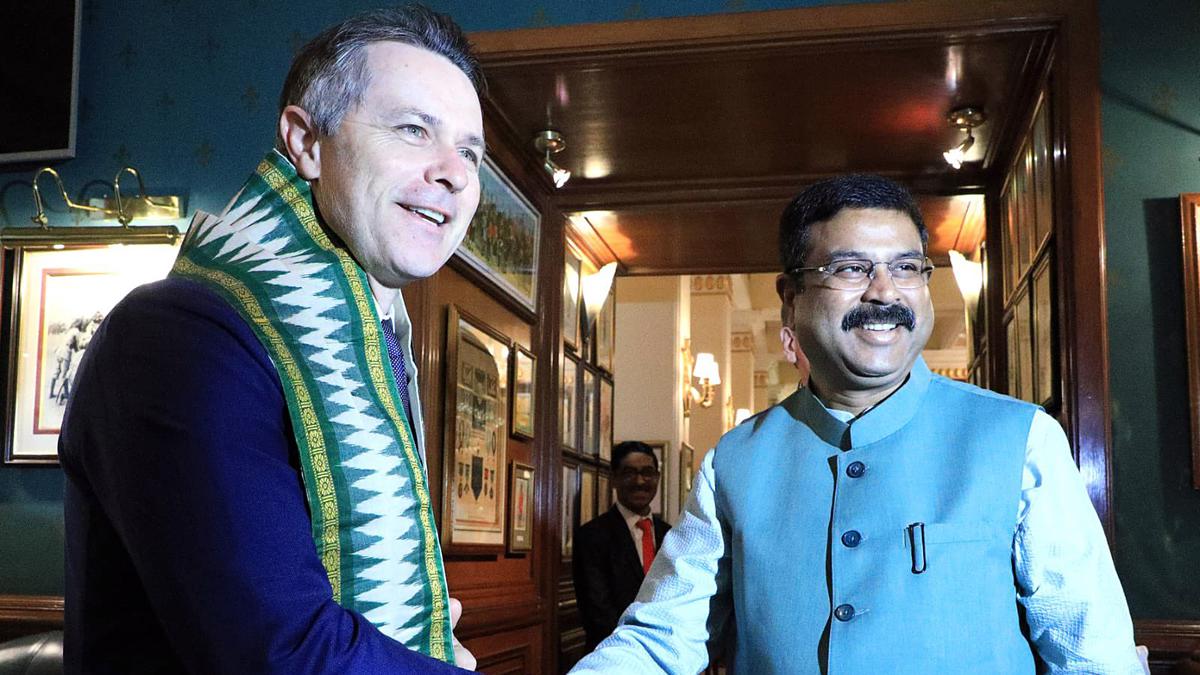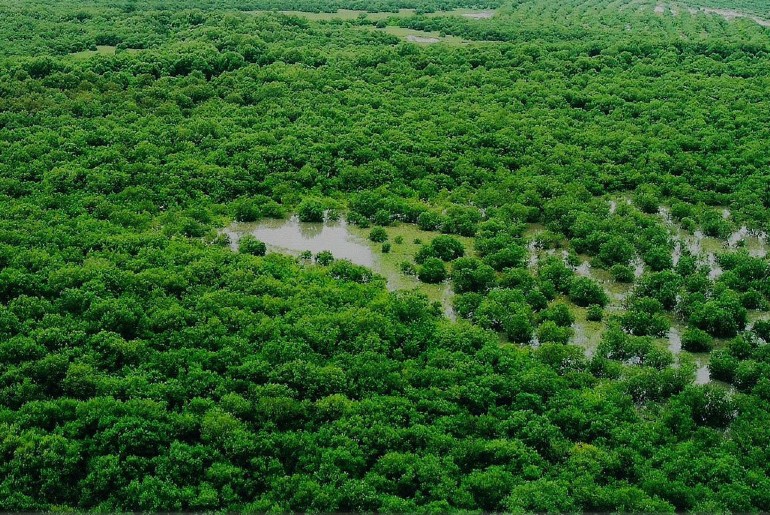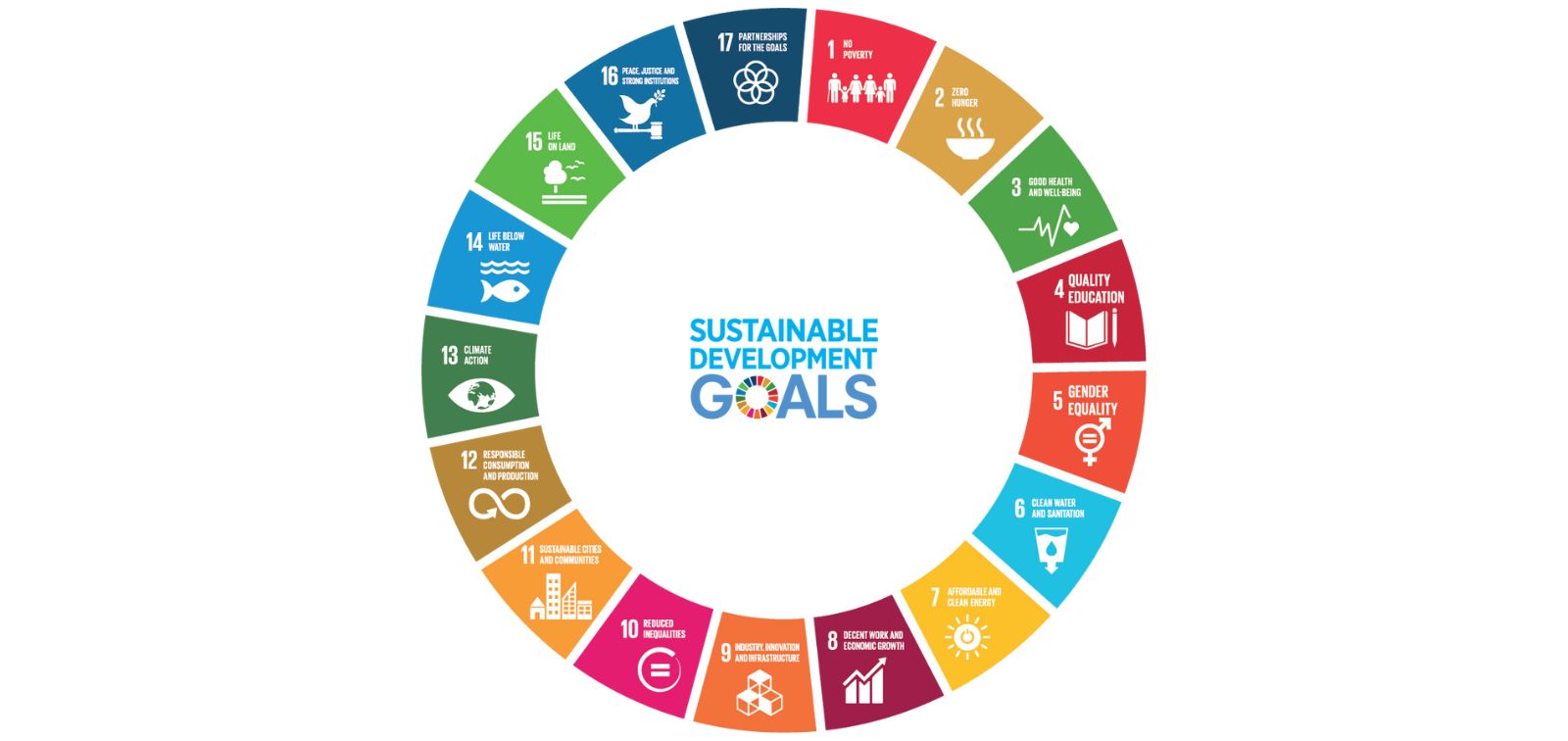On March 3, 1973, the Convention on International Trade in Endangered Species of Wild Fauna and Flora (CITES) was signed.
What is the purpose of World Wildlife Day?
- The anniversary of the establishment of CITES is March 3.
- CITES is regarded as a landmark conservation agreement that focuses on ensuring the survival of endangered species.
- The United Nations General Assembly (UNGA) declared March 3 as UN World Wildlife Day in 2013 to celebrate and raise awareness about the importance of protecting the world’s wild animals and plants.
- On this day in 1973, the Convention on International Trade in Endangered Species of Wild Fauna and Flora (CITES) was signed.
What is the CITES?
- The Convention on International Trade in Endangered Species of Wild Fauna and Flora is abbreviated as CITES.
- It is as an international agreement aimed at ensuring “that international trade in specimens of wild animals and plants does not threaten their survival”.
- It was written in response to a resolution passed by members of the International Union for Conservation of Nature (IUCN) in 1963.
- It went into effect on July 1, 1975, and currently has 183 parties.
- The Convention is legally binding on the Parties in the sense that they have agreed to implement it; however, it does not supersede national laws.
- In 1976, India signed and ratified the Convention on International Trade in Endangered Species (CITES).
Appendices to CITES
- CITES works by imposing restrictions on international trade in specimens of specific species.
- All imports, exports, re-exports, and sea-based introductions of species protected by the convention must be authorised through a licencing system.
There are three appendices:
- Appendix I contains species that are on the verge of extinction. Only in exceptional circumstances are trade-in specimens of these species permitted.
- Appendix II offers a lower level of security.
- Appendix III contains species that are protected in at least one country, which has requested assistance from other CITES Parties in controlling trade.
A critical evaluation
- Allowing wildlife to be traded legitimises their movement and increases the possibility of illegal trade.
- According to NatGeo, CITES protections are delayed in nearly two-thirds of cases after a species is determined to be threatened by international trade.
- Pangolins, for example, were finally added to Appendix I in 2017, but an estimated million were trafficked between 2000 and 2013.
- Its laxity has been questioned, with the ivory trade being permitted at times despite the 1989 convention prohibiting it.
@the end
- CITES must evolve to meet new challenges and collaborate more closely with other international treaties and initiatives.
- Continued efforts to protect wildlife and biodiversity are required, as is international cooperation and collaboration to achieve this goal.
Source: https://www.undp.org/press-releases/celebrating-50-years-cites-conserving-worlds-wild-animals-and-plants-world-wildlife-day-2023#:~:text=March%203%2C%202023,wildlife%20conservation%20and%20sustainable%20trade.









